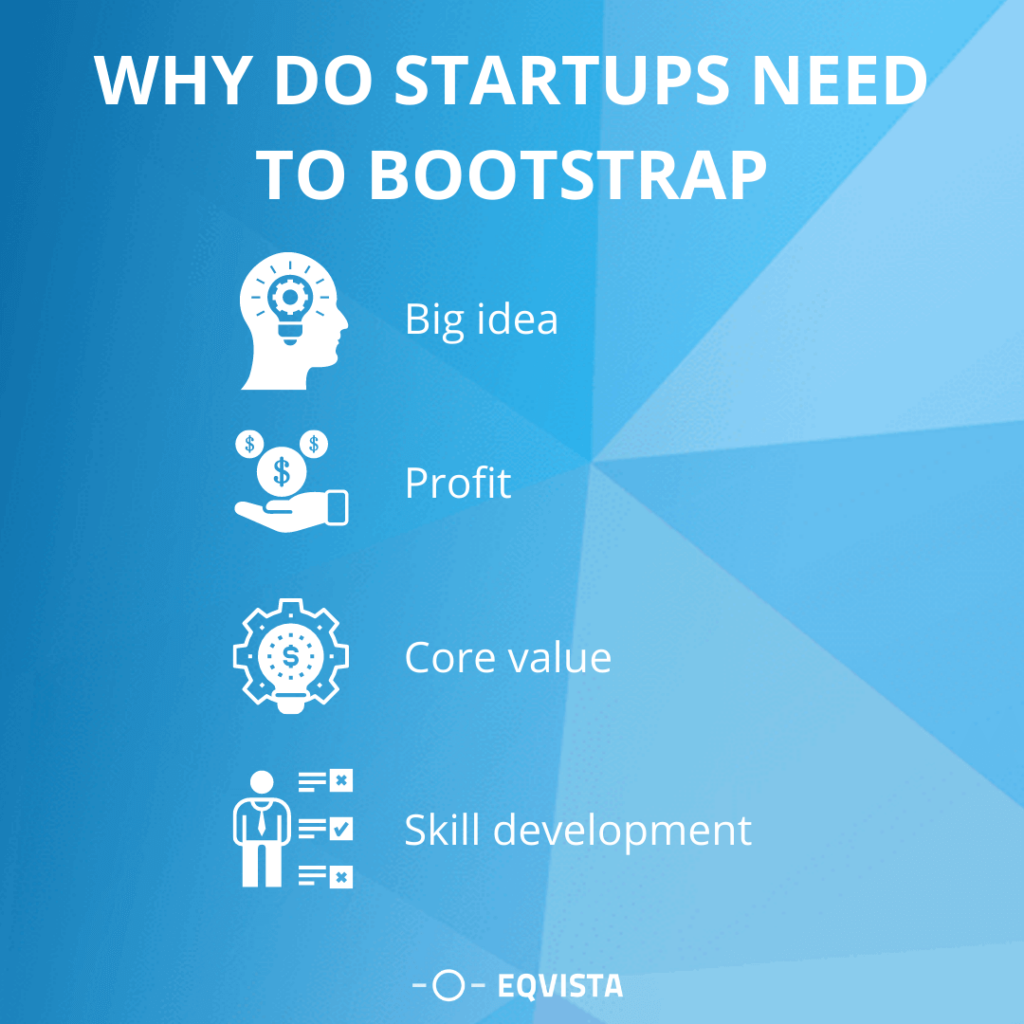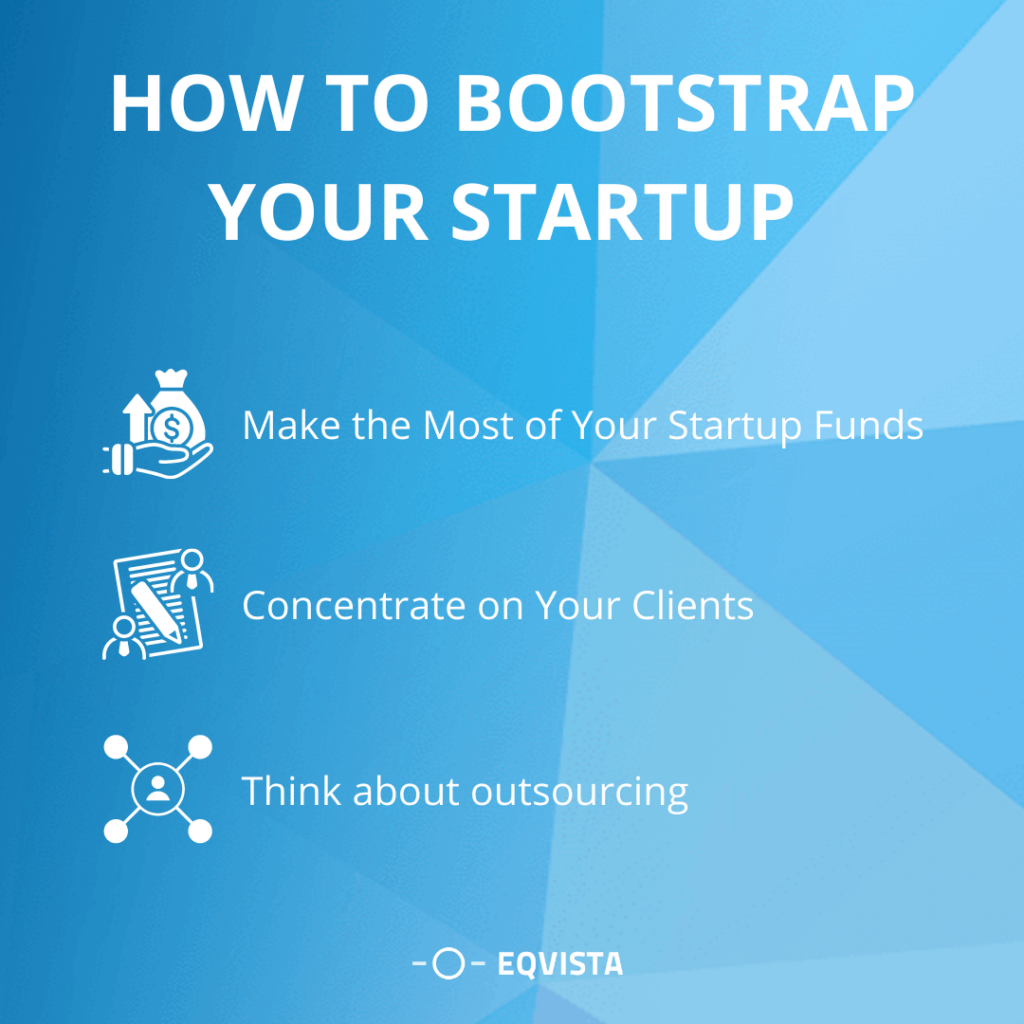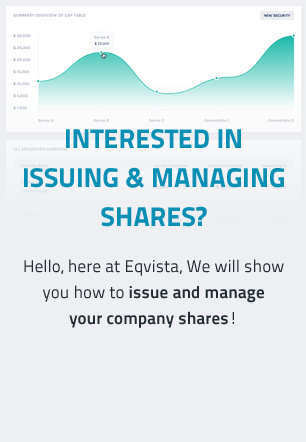Bootstrapping your Startup – A beginners guide
Bootstrapping refers to a situation in which an entrepreneur starts a business with little capital and relies on funds other than outside investments.
When a business person bootstraps a company, he or she does so with few or no assets. In contrast, if you want to create a business, you should first raise money from angel investors or venture capital firms if you want to create a business. Instead, to succeed, bootstrapped entrepreneurs rely on personal funds, sweat equity, streamlined operations, quick inventory turnover, and a liquidity runway. A bootstrapped firm, for example, may take preorders for its product and use the revenue gained from the orders to develop and deliver the product.
Startup bootstrapping
Bootstrapping refers to a situation in which an entrepreneur starts a business with little capital and relies on funds other than outside investments. When individuals attempt to find and build a company using personal funds or the new company’s operating revenues, they are said to be bootstrapping. Bootstrapping your startup means growing it with little or no outside investment or venture capital. It entails relying solely on your own savings and revenue to operate and grow. It’s not easy, but it’s extremely rewarding.
What is bootstrapping?
“Bootstrapping” comes from the phrase “to pull oneself up by one’s bootstraps” which was popular in the 18th and 19th centuries. It used to refer to an impossible task. Today, it more often refers to the challenge of creating something out of nothing. Bootstrapping is a business term that refers to the process of starting and growing a company using only existing resources such as personal savings, personal computing equipment, and garage space. This approach differs from bringing in investors to provide capital or incurring debt to fund a company’s expansion. It’s all about stretching your resources – whatever they may be – to get the job done.
How does bootstrapping work in startups?
Bootstrapping is the process by which an entrepreneur establishes a self-sustaining business, markets it, and grows it with limited resources or money. This is done without the assistance of venture capital firms or even significant angel investment.
Why do startups need to bootstrap?
Startups need to bootstrap as it helps in growing your startup with little or no outside investment or venture capital. It entails relying solely on your own savings and revenue to operate and grow. It’s not easy, but it’s extremely rewarding.

- Big idea – Bootstrappers take an idea and, with talent and professionalism, turn it into a profitable business without the help of investors and with little or no start-up capital. To achieve success in this manner, you must be extremely dedicated, have a strong work ethic, and be completely focused.
- Profit – The startups are initially merely ideas that might become great businesses. When you bootstrap a startup, it helps in generating revenue the most. A business can only survive if it is generating enough profit after cutting down all the expenditure. Bootstrapping gives a way to make more profit in this competitive market.
- Core value – Bootstrapping a startup demonstrates the entrepreneur’s dedication and determination. Maintains the company’s focus. Allows the business concept to develop further into a product or service.
- Skill development – It helps in the development of various skills of an entrepreneur. When you bootstrap a startup, you acquire knowledge about various business techniques and tactics. You also tend to develop your sales and marketing skills which help expand the business. You might develop digital marketing skills as well during this process.
Startup bootstrapping stages
Each startup has various phases, and these are extremely important for A typical bootstrapped company progresses through the following stages:
- Beginner stage – The beginner stage begins with some money saved or borrowed/invested from friends. For example, the founder may continue to work on their primary job while also launching a business. It entails either using personal savings, borrowing money from family and friends, or earning money through a side business to launch the startup.
- Customer funded stage – At this point, the company is making enough money to cover its expenses and fund its expansion plans. When money from customers/clients is used to keep the business running and growing.
- Credit stage – The stage at which operating profit is insufficient, and entrepreneurs must seek external funding assistance to either scale or carry out any other strategy. The external fund can be raised through venture capitalists (equity) or financial institutions (debt), or it can be raised by going public (IPO). During the credit stage, the entrepreneur focuses on funding specific activities such as hiring staff, upgrading equipment, and so on. The company obtains loans or seeks venture capital for expansion during the credit stage.
Pros and cons of bootstrapping a startup
Beginning entrepreneurs typically choose to bootstrap. It enables them to start a business without prior experience and attract an investor or investors. There are various advantages and disadvantages of bootstrapping a startup which is crucial to be taken care of to run a startup.
Pros of bootstrapping a startup
- The entrepreneur gains valuable experience while only putting his own money at risk. It means he will not be forced to repay loans or other borrowed funds if the business fails. If the project is successful, the business owner will be able to save money and attract investors. As a result, the company will reach a new level of success.
- The “bootstrapper” retains ownership of all developments and ideas used in the development of the business.
- Due to a lack of initial funding, entrepreneurs must seek out unusual solutions to problems, develop new market offerings, and demonstrate creative thinking.
- Obtaining external funding is difficult and can be a stressful and time-consuming task. Bootstrapping allows an entrepreneur to concentrate entirely on the most important aspects of the business, such as sales and product development.
- An entrepreneur who establishes the financial foundations of a business is a huge draw for future investments. Private individuals, special funds, and venture capital firms are much more confident in financing already secured businesses and have demonstrated the owners’ promises and commitment.
- Adding value to people’s lives. Delivering a specific value through a product or service is the essence of business.
Cons of bootstrapping a startup
- When demand exceeds the company’s ability to offer or produce services or products, business growth can be difficult.
- Almost all financial risks are assumed by the entrepreneur rather than shared with investors who invest in the company’s growth.
- Limited capital and a lack of investment – In the context of bootstrapping, the allure of making huge investments can be bothersome and difficult.
- It can be difficult to find the connections you need to build your brand, prototypes, and more without the support of established investors. Without funding, guidance, or introductions from someone familiar with the startup landscape, you’ll have to build your customer base and find collaborators on your own.
- Bootstrapped businesses are frequently unable to achieve exponential growth. You’ll most likely concentrate on creating your minimum viable product or otherwise keeping your operations afloat. As a result, you might not have thousands of dollars to spend on Google, social media, and other marketing channels in order to generate interest.
Eligible startups to bootstrap
These are the two eligible startups to consider to bootstrap. You must be aware and have knowledge about various competitive markets and companies. The explanation of eligible startups is given below :
- Early-stage startups – Early-stage businesses do not require huge infusions of funding, especially from outside sources, allowing for greater flexibility and time to grow. Product development, client acquisition, and financial flow are all priorities for early-stage businesses. Early-stage business models commonly include developing a product or service and gathering market data. This is also referred to as a startup’s seed stage. It frequently includes securing sufficient funds to allow for product development.
- Startups by serial entrepreneurs – Businesses are founded by serial entrepreneurs in which the founder has money to invest from the sale of a previous business. A serial entrepreneur is someone who is constantly coming up with new business ideas and launching new ventures. Unlike a traditional entrepreneur, who would often come up with a single idea, start a business, then see it through and play a key role in the day-to-day operations of that business, a traditional entrepreneur would often come up with a single idea, start a business, then see it through and play a key role in the day-to-day operations of that business.
How to bootstrap your startup?
You keep complete control of your new business when you bootstrap it. You won’t have to stress about finding and keeping investors. If you decide that bootstrapping is correct for your small business, the following advice can help you get started.

- Make the Most of Your Startup Funds – To start a business, you’ll need money – often a lot of it. As a result, you’ll need to get some initial money. However, this does not imply that you must sell away your company’s equity or seek outside finance. It’s feasible to rely on credit cards and the personal savings of startup founders to get your business up and going in the early stages.
- Concentrate on Your Clients – One of the best things bootstrappers do while working with low resources is to focus on clients from the start. Engaging with potential customers on social media may help you with everything from marketing to product design and launch. The more connected your company is to its customers, the more aware you will be of what they want and how they will react to your company, products, and services.
- Think about outsourcing – You may reach a point where your startup needs additional personnel, but you lack the financial or financial security to recruit someone full-time. Consider outsourcing some of your work to talented freelancers or independent contractors during this period of expansion. Because you don’t have to pay the Federal Unemployment Tax or worry about contributing to employee benefits when you hire freelancers, you can typically save money over the expense of hiring an actual employee.
Things to keep in mind before bootstrapping your startup
Before you dig into bootstrapping your startup, you must be aware of these particular aspects which might be unproductive for your business if you don’t consider them :
- The negative cash conversion cycle – If you have a negative cash conversion cycle, it will take you longer to pay your suppliers than it will to sell your inventory and collect money. This means that your suppliers and sales finance your daily activities. As a result, you won’t need to borrow money to expand. If you can collect money from customers, keep inventory under control, and vertically integrate to sell straight to clients, you’ll be able to stay afloat as a bootstrapped business.
- Overspending – Customers are acquired and retained as a startup expands. Always invest in the aspects of your business where you know you’ll get a return in a timely manner, which converts to long-term pleased customers. Spending more money than one can afford is referred to as overspending. When easy financing is accessible, this is a common problem. When payments for investment projects exceed the actual calculated cost, the phrase “overspending” is used.
- Focus on details – When you’re running a small business on a shoestring budget, you need to keep a tight check on the money you’re sending out. There are various tools and software available to assist you in keeping track of your expenditures and calculating your burn rate. Any area where you may save money should be done as soon as possible. This is critical because if you don’t do it, you’ll wind up losing more money than you make. It will be difficult as a bootstrapped company.
- Be consistent – When the money is flowing in, some expenses become secondary considerations. If you let your guard down and start spending recklessly, it can lead to problems later on if business slows or you face a challenge. It is critical to be financially responsible and make constant efforts.
Make bootstrap strategy
The following are some tried-and-true methods for assisting an entrepreneur in the early stages of a bootstrapped startup:
- Profit should be reinvested.
- Develop a business plan. Planning is required, and it will assist the owner in organizing things and understanding the vectors of movement.
- A business idea (product/service) should solve a problem for someone. Otherwise, there is no product and no target audience.
- Attract a mentor or anyone who is successful in that industry and can provide useful advice.
- Make the most of networking opportunities and communicate with a personal contact network. Out of friendship, there may be journalists who will write about you or graphic designers who will create a logo or a minimalistic but trendy website in a developed personal network (or a network of friends and relatives).
Example of bootstrapping
Bootstrapping refers to an entrepreneur who uses their own money as an initial source of venture capital. Bootstrapping is someone who starts a business with $100,000 of their own money. An investor obtains a loan to purchase a stake in a company in a highly leveraged transaction.
Top 5 successful startups by bootstrapping
These are the top 5 successful startups that have gained popularity and were able to generate a lot of funds:
- Mailchimp – Mailchimp is a marketing automation platform and email marketing service based in the United States that allows users to manage mailing lists and create email marketing campaigns to send to customers. It was the year 2000, and Ben Chestnut and Dan Kurzius were running a design consulting firm. His clients were requesting e-newsletters, but creating them was a time-consuming process. As a result, he and his team worked to develop a better method for designing email newsletters, and MailChimp was born.
- SparkFun – SparkFun Electronics is a store that sells electronics in Niwot, Colorado. It designs and sells microcontroller development and breakout boards. Nathan Seidle was selling his own DIY electronics kits from his college dorm room. He saw something that piqued his and his peers’ interest – and he took off. SparkFun has over 140 employees and an 80,000 square foot warehouse, with annual revenues exceeding $67 million.
- Braintree Payments – Braintree, based in Chicago, specializes in mobile and web payment systems for e-commerce businesses. Braintree offers clients a merchant account as well as a payment gateway. Without any venture capital, the company survived for four years on its own earnings from transactions. Eventually, the business owners raised $69 million in venture capital before selling the company to PayPal for $800 million in 2013.
- Shopify – Shopify is a multinational Canadian e-commerce company based in Ottawa, Ontario. The founders of Shopify were launching a snowboarding e-commerce site, but they needed a shopping cart solution. When they couldn’t find one that met their requirements, they designed their own. Their company thrived on its own earnings for six years before accepting venture capital or going public with an IPO. Shopify is now worth more than $166 billion.
- SimpliSafe – Chad Laurans recognized a need for home security and accepted small sums of money from friends and family to get started. He designed his own equipment and spent eight years building his company, SimpliSafe, to hundreds of thousands of customers. He then accepted $57 million in venture capital to help the company grow even further. Simplisafe is now estimated to be worth $1 billion.
Get ready for your funding rounds with Eqvista!
For novice entrepreneurs, obtaining a small company loan or pitching an investor to fund their new venture may appear to be a great achievement. While they are often necessary to get your startup off the ground, the number of possibilities, minute details, conditions, interest payments, fees, and the possibility of rejection due to a poor presentation of your business plan may become daunting. So, once you’ve decided that you need outside firm finance, the following step is to figure out what kind of financing you’ll require. Do you require debt (different types of small business loans) or financing for equity (money from investors)? Fill up the sign up form and get started today!
Interested in issuing & managing shares?
If you want to start issuing and managing shares, Try out our Eqvista App, it is free and all online!
